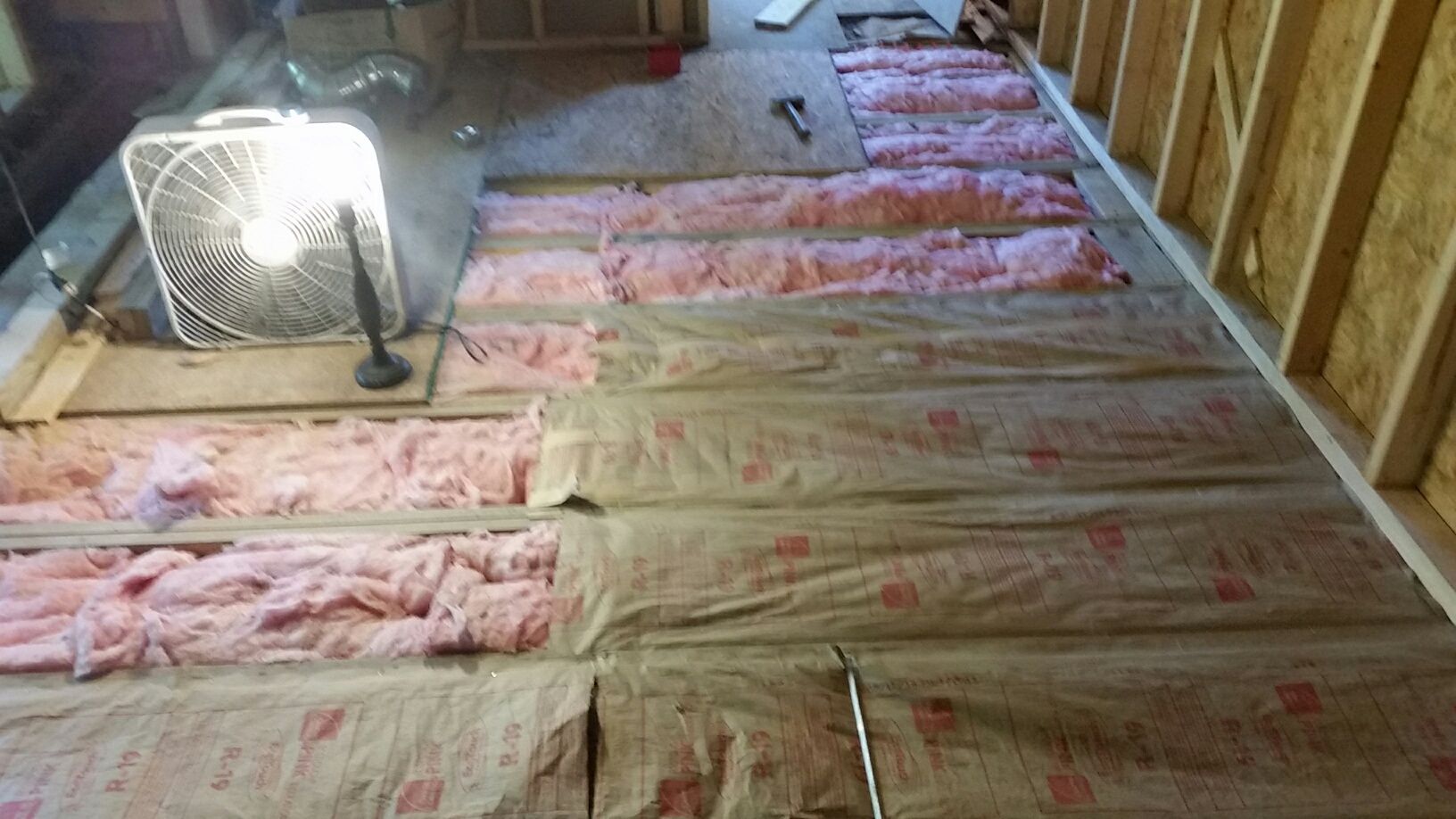

Articles
What Is R-30 Insulation
Modified: May 6, 2024
Discover the benefits and uses of R30 insulation in our comprehensive articles. Learn how this energy-efficient material can help improve your home's insulation and save on energy costs.
(Many of the links in this article redirect to a specific reviewed product. Your purchase of these products through affiliate links helps to generate commission for Storables.com, at no extra cost. Learn more)
Introduction
Welcome to the comprehensive guide on R30 insulation. In this article, we will explore what exactly R30 insulation is and why it is an excellent choice for insulating your home or building. Understanding the benefits, installation process, and common applications of R30 insulation will help you make informed decisions when it comes to improving your property’s energy efficiency and comfort.
Insulation plays a crucial role in maintaining proper thermal comfort inside a building and reducing energy consumption. It acts as a barrier, preventing heat from escaping during winter and entering during summer. R30 insulation is a popular choice for many homeowners due to its exceptional thermal-resistant properties.
As we delve into the details of R30 insulation, you will gain a better understanding of its components, advantages, and installation process. Additionally, we will discuss various factors to consider when choosing R30 insulation and provide cost and efficiency comparisons with other insulation types.
Whether you are constructing a new home, renovating an existing one, or just looking to improve energy efficiency, this guide will serve as a valuable resource to help you make informed decisions regarding R30 insulation.
Key Takeaways:
- R30 insulation offers exceptional thermal resistance with an R-value of 30, providing energy efficiency, comfort, and sound absorption. It’s a versatile choice suitable for various applications in residential and commercial buildings.
- When choosing R30 insulation, consider factors such as material type, R-value, application area, and professional installation. Its benefits include energy efficiency, fire resistance, and eco-friendly options, making it a valuable investment for long-term savings and comfort.
Read more: How Thick Is R-30 Insulation
Definition of R30 Insulation
R30 insulation refers to a specific type of insulation material that has a thermal resistance, or R-value, of 30. The R-value is a measure of an insulation material’s ability to resist heat flow. A higher R-value indicates better insulation performance.
R30 insulation is typically made from fiberglass, although other materials like cellulose and spray foam can also achieve the same level of thermal resistance. The insulation material is designed to be installed in walls, floors, roofs, and other areas of a building to prevent heat transfer.
The R30 rating signifies that the insulation material can effectively resist the transfer of heat for an extended period, making it highly energy-efficient. This level of thermal resistance helps to keep indoor spaces warmer during the winter and cooler during the summer, reducing the reliance on heating and cooling systems and lowering energy bills.
R30 insulation is available in various forms, including batts, rolls, and loose-fill. Batts and rolls are pre-cut or pre-sized pieces that fit between wall studs, floor joists, or attic rafters. Loose-fill insulation consists of loose fibers or pellets that can be blown into spaces using specialized equipment.
It is important to note that the R30 rating represents the insulation material’s effectiveness in resisting heat flow and not its thickness. The thickness of the insulation may vary depending on the specific material used and the manufacturer’s specifications.
Overall, R30 insulation is a highly efficient and effective option for insulating your home or building, providing superior thermal resistance to improve energy efficiency and comfort all year round.
Characteristics and Components of R30 Insulation
R30 insulation possesses several key characteristics that contribute to its effectiveness in providing thermal resistance and improving energy efficiency. Understanding these characteristics will help you appreciate the benefits of using R30 insulation in your home or building.
1. Thermal Resistance: R30 insulation has a high thermal resistance, indicated by its R-value of 30. This means it has excellent insulating properties and can effectively resist the transfer of heat.
2. Fire Resistance: R30 insulation materials are designed to have a high resistance to fire. Many R30 insulation products are manufactured with fire-retardant properties to enhance the safety of your property.
3. Sound Absorption: R30 insulation not only helps with thermal insulation but also provides sound absorption properties. It can help reduce noise transmission between rooms, creating a quieter and more comfortable living environment.
4. Moisture Resistant: Some R30 insulation materials are treated or coated to resist moisture penetration. This makes them less susceptible to mold growth and damage caused by water or moisture.
5. Eco-Friendly Options: There are eco-friendly R30 insulation materials available in the market, such as those made from recycled materials or natural fibers. These options are more sustainable and reduce environmental impact.
The components of R30 insulation will vary depending on the type of material used. However, the most common components include:
1. Fiberglass: Fiberglass is the most widely used material for R30 insulation. It consists of fine glass fibers that are spun and processed into fluffy batts, rolls, or loose-fill insulation. Fiberglass insulation is known for its durability, affordability, and excellent insulating properties.
2. Cellulose: Cellulose R30 insulation is made from recycled paper or plant fibers. It offers good thermal resistance, soundproofing capabilities, and is often treated to improve fire resistance and moisture resistance.
3. Spray Foam: Spray foam insulation is a versatile option that forms a continuous barrier when sprayed onto surfaces. It expands to fill gaps and cracks, providing an airtight seal and excellent insulation. Spray foam can achieve the R30 rating when applied at the recommended thickness.
It is important to consider the specific characteristics and components of R30 insulation when selecting the right material for your project. Consulting with a professional insulation contractor can help you make an informed decision based on your specific needs and requirements.
Advantages of Using R30 Insulation
R30 insulation offers numerous advantages that make it a popular choice for homeowners and builders alike. Understanding these advantages will help you appreciate the value and benefits that R30 insulation can bring to your home or building.
1. Excellent Thermal Performance: R30 insulation provides exceptional thermal resistance, helping to reduce energy consumption and maintain a comfortable indoor temperature throughout the year. Its high R-value of 30 ensures effective insulation against heat transfer.
2. Energy Efficiency: By effectively reducing heat transfer, R30 insulation helps to minimize the need for heating and cooling systems, resulting in lower energy consumption. This, in turn, leads to decreased energy bills and increased energy efficiency.
3. Enhanced Comfort: R30 insulation not only keeps your home thermally efficient but also improves overall comfort. It helps to prevent drafts and cold spots, creating a more consistent and comfortable living environment for you and your family.
4. Noise Reduction: R30 insulation provides sound-absorbing properties, reducing noise transmission between rooms and creating a quieter indoor space. This can be particularly beneficial if you live in a noisy neighborhood or have a home office or media room that requires sound insulation.
5. Fire Resistance: Many R30 insulation materials are manufactured with fire-retardant properties, providing an additional layer of safety to your home or building. This can help slow the spread of fire and provide valuable time for evacuation.
6. Moisture Resistance: Some R30 insulation options are treated or coated to resist moisture penetration. This can help prevent issues like mold and mildew growth, as well as damage caused by water or moisture infiltration.
7. Environmentally Friendly Options: There are eco-friendly R30 insulation materials available, such as those made from recycled materials or natural fibers. By choosing these options, you can reduce your environmental impact and contribute to sustainability efforts.
8. Durability and Longevity: R30 insulation materials, like fiberglass, are known for their durability and long lifespan. They do not degrade easily and can provide insulation benefits for many years without compromising performance.
By taking advantage of these benefits, R30 insulation can significantly improve the energy efficiency, comfort, and safety of your home or building. Consult with a professional insulation contractor to determine the best R30 insulation solution for your specific needs and enjoy the advantages it offers.
Installation Process of R30 Insulation
The installation process of R30 insulation may vary depending on the specific material and application. It is recommended to hire a professional insulation contractor to ensure proper installation and optimal performance. However, here is a general overview of the installation process for R30 insulation:
- Preparation: Prepare the area where the insulation will be installed. This may involve removing any existing insulation, clearing the space of debris, and ensuring the area is clean and dry.
- Measure and Cut: Measure the length of the space where the insulation will be installed and cut the R30 insulation material to fit. Batts or rolls can be easily cut with a utility knife or insulation cutter.
- Fit the Insulation: Fit the R30 insulation material into the designated area, ensuring it is snugly placed without any gaps or compression. The insulation should cover the entire space, including corners, edges, and hard-to-reach areas.
- Secure the Insulation: Use appropriate fastening methods, such as insulation hangers, to secure the insulation in place. This is especially important for overhead installations like roofs or ceilings, where gravity may pull the insulation down over time.
- Air Sealing: Seal any gaps, cracks, or joints in the building envelope before installing the insulation. This prevents air leakage and ensures maximum efficiency. Common air sealing methods include caulking, weatherstripping, and using foam sealant.
- Vapor Barrier: In certain climates, a vapor barrier may be required to prevent moisture condensation. Install a vapor barrier over the insulation, facing the warm side of the building, according to local building codes and guidelines.
- Continuity and Alignment: Ensure continuity and alignment of the insulation by layering and overlapping the material properly. This helps to minimize thermal bridging and maintain consistent thermal resistance.
- Inspect and Evaluate: Once the insulation is installed, take the time to inspect the area for any gaps, compressions, or damaged sections. Properly evaluate the effectiveness of the insulation to ensure optimal performance.
Please note that this is a general outline of the installation process for R30 insulation. It is important to consult with an insulation professional who will follow manufacturer guidelines and local building codes specific to your region.
Proper installation is crucial to achieve the desired thermal efficiency and maximize the benefits of R30 insulation. Hiring a professional insulation contractor ensures a high-quality installation that meets industry standards and guarantees optimal performance for years to come.
When installing R30 insulation, make sure to wear protective gear such as gloves, goggles, and a mask to avoid irritation from the fibers. Properly seal any gaps to maximize energy efficiency.
Read more: What R Insulation For Attic
Factors to Consider When Choosing R30 Insulation
Choosing the right R30 insulation is essential for maximizing energy efficiency, comfort, and the overall performance of your home or building. Here are some important factors to consider when selecting R30 insulation:
- Insulation Material: There are different materials available for R30 insulation, such as fiberglass, cellulose, and spray foam. Consider the pros and cons of each material, including factors like cost, thermal performance, fire resistance, moisture resistance, and eco-friendliness.
- R-Value: While R30 insulation generally has an R-value of 30, it’s important to check the specific R-value of the insulation material you’re considering. Ensure that it meets the required level of thermal resistance for your climate and building needs.
- Application: Consider the specific area or application where the insulation will be installed. Different areas, such as walls, attics, basements, or crawl spaces, may have different requirements in terms of thickness, moisture resistance, and installation method.
- Installation Method: Determine the most suitable installation method for your project. R30 insulation can be installed as batts, rolls, or loose-fill. Factors like accessibility, area size, and complexity of the space will influence the choice of installation method.
- Fire Resistance: If fire resistance is a priority, ensure that the R30 insulation material you choose has appropriate fire-resistant properties. Look for products that meet relevant fire safety standards and local building codes.
- Moisture Resistance: Consider the moisture resistance capabilities of the insulation material, especially for areas prone to high humidity or water exposure. Opt for insulation that offers moisture resistance or consider additional moisture protection measures.
- Cost: Evaluate the cost of the insulation material, including the cost per square foot or per unit of insulation. Compare prices from different suppliers or manufacturers to get the best value for your budget. However, remember that quality and performance should be prioritized over price alone.
- Longevity and Durability: Assess the durability and expected lifespan of the R30 insulation material. Consider factors such as resistance to settling or crumbling, resistance to pests or rodents, and any warranty or guarantees provided by the manufacturer.
- Environmental Impact: If sustainability is important to you, consider choosing eco-friendly R30 insulation materials made from recycled content or natural fibers. Look for certifications, such as the GREENGUARD certification, to ensure the product meets specific environmental standards.
- Professional Installation: For optimal results, consider hiring a professional insulation contractor who has experience in installing R30 insulation. Proper installation plays a significant role in maximizing the insulation’s performance and energy efficiency of your home or building.
By considering these factors, you can make an informed decision when choosing the right R30 insulation for your specific needs. Remember to consult with insulation professionals and follow local building codes to ensure compliance and achieve the desired energy-saving and comfort benefits.
Common Applications of R30 Insulation
R30 insulation is a versatile choice that can be used in various applications throughout residential and commercial properties. It offers excellent thermal resistance, making it suitable for both new construction and retrofit projects. Here are some of the common applications of R30 insulation:
- Attic Insulation: One of the most common applications for R30 insulation is in attics. Properly insulating the attic helps to prevent heat loss in the winter and heat gain in the summer, improving energy efficiency and maintaining a comfortable indoor temperature.
- Wall Insulation: R30 insulation is also suitable for insulating exterior walls. It helps to create a thermal barrier, reducing heat transfer and enhancing the energy efficiency of the building. Depending on the construction type, R30 insulation can be installed in stud cavities or as an exterior insulation system.
- Floor Insulation: In homes with crawl spaces or raised foundations, R30 insulation can be used to insulate the floors. This helps to minimize heat loss through the floors, reducing energy consumption and improving overall comfort.
- Ceiling Insulation: R30 insulation is often used in ceilings, especially in rooms or areas below attics. It helps to prevent heat transfer from the attic space, making the rooms below more comfortable and lowering energy usage for heating and cooling.
- Basement Insulation: Insulating basement walls with R30 insulation can help prevent heat loss through below-grade areas. It also helps to control moisture and improve the energy efficiency of the entire building.
- Soundproofing: R30 insulation provides sound-absorbing properties, making it an effective choice for soundproofing walls, floors, or ceilings. It helps to reduce noise transmission between rooms, creating a quieter and more peaceful indoor environment.
- Roof Insulation: In commercial or industrial buildings with flat or sloped roofs, R30 insulation can be used for insulation purposes. Insulating the roof helps to prevent heat loss or gain, reducing energy expenses and improving interior temperature control.
It’s important to note that the specific application of R30 insulation will depend on factors such as building design, local building codes, climate conditions, and the desired level of thermal resistance. Consulting with insulation professionals and following manufacturer recommendations is crucial for proper installation and achieving optimal performance.
By utilizing R30 insulation in these common applications, you can enhance energy efficiency, reduce heating and cooling costs, and create a more comfortable and sustainable living or working environment.
Cost and Efficiency Comparison with Other Insulation Types
When considering insulation options, it is essential to compare the cost and efficiency of R30 insulation with other commonly used types. Here is a comparison of R30 insulation with a few popular insulation materials:
- Fiberglass Insulation: Fiberglass insulation is one of the most commonly used insulation materials. It is cost-effective and offers good thermal resistance. However, R30 fiberglass insulation may require a greater thickness compared to other materials to achieve the same level of thermal resistance.
- Spray Foam Insulation: Spray foam insulation offers superior thermal resistance and air sealing properties. R30 spray foam can achieve the desired thermal resistance in a thinner layer compared to other insulation types. While it can be more expensive upfront, it often provides long-term energy savings and improved insulation performance.
- Cellulose Insulation: Cellulose insulation is an eco-friendly option made from recycled paper or plant fibers. It provides good thermal resistance and soundproofing capabilities. The cost of R30 cellulose insulation is typically comparable to fiberglass, with the added benefit of being a sustainable choice.
- Mineral Wool Insulation: Mineral wool insulation, also known as rock wool or stone wool, offers excellent fire resistance and noise reduction properties. The cost of R30 mineral wool insulation is usually slightly higher than fiberglass but comparable to spray foam insulation.
The cost of R30 insulation will vary depending on factors such as the type of material, quality, quantity, and installation complexity. It is important to note that the initial cost of insulation is just one factor to consider. Long-term energy savings and improved comfort should also be taken into account when comparing insulation options.
When discussing insulation efficiency, the R-value is a crucial factor to consider. R30 insulation offers a high thermal resistance, indicating its ability to resist heat flow. However, the overall efficiency of insulation depends on factors such as proper installation, air sealing, and the insulation’s ability to prevent thermal bridging.
While R30 insulation may offer a higher thermal resistance, it’s important to assess the overall insulation system and consider factors such as windows, doors, and the building envelope. Proper installation and insulation placement in critical areas such as walls, attics, and floors play a significant role in overall efficiency.
Consulting with insulation professionals and conducting a thorough energy assessment of your home or building will help determine the most cost-effective and efficient insulation option for your specific needs.
Remember, the goal is to find the right combination of cost, efficiency, and sustainability to achieve optimal insulation performance and energy savings in the long run.
Frequently Asked Questions about R30 Insulation
Here are some frequently asked questions about R30 insulation:
-
- Q: What does R30 insulation mean?
A: R30 insulation refers to a specific type of insulation material that has a thermal resistance, or R-value, of 30. The R-value measures the insulation’s ability to resist heat flow, with higher values indicating better insulation performance.
-
- Q: Is R30 insulation suitable for all climates?
A: R30 insulation is generally recommended for colder climates where higher thermal resistance is required. However, it can also provide benefits in warmer climates by reducing heat transfer into the building. Consulting with an insulation professional will help determine the appropriate insulation level for your specific climate.
-
- Q: Can R30 insulation be used for both residential and commercial buildings?
A: Yes, R30 insulation is suitable for both residential and commercial buildings. It can be used in various applications such as attics, walls, floors, and ceilings to improve energy efficiency and thermal comfort.
-
- Q: How is R30 insulation installed?
A: R30 insulation can be installed as batts, rolls, or loose-fill. The installation process involves measuring and cutting the insulation to fit the designated area, securely fitting it in place, and ensuring proper air sealing. Professional installation is recommended for optimal results.
-
- Q: What are the benefits of using R30 insulation?
A: R30 insulation offers several benefits, including excellent thermal resistance, energy efficiency, enhanced comfort, sound absorption, fire resistance, and moisture resistance. It can help reduce heating and cooling costs, maintain consistent indoor temperatures, and improve overall energy efficiency of the building.
-
- Q: How should I choose the right R30 insulation material?
A: Consider factors such as insulation material properties (fire resistance, moisture resistance, eco-friendliness), R-value, application area, cost, longevity, and professional recommendations when choosing the right R30 insulation material. Consulting with insulation professionals can help you make an informed decision based on your specific needs.
-
- Q: Can R30 insulation help with soundproofing?
A: Yes, R30 insulation can help with soundproofing. Its dense fibers and sound-absorbing properties help reduce noise transmission between rooms, creating a quieter indoor environment.
These are just some of the common questions about R30 insulation. It is important to consult with insulation professionals and conduct proper research to ensure that you understand the specific requirements and benefits of R30 insulation for your home or building.
Read more: What Is R-38 Insulation
Conclusion
R30 insulation is a highly efficient and effective choice for improving energy efficiency, thermal comfort, and soundproofing in homes and buildings. With its superior thermal resistance and a wide range of applications, R30 insulation offers numerous benefits that make it a popular choice among homeowners and builders.
In this comprehensive guide, we have explored the definition, characteristics, components, and installation process of R30 insulation. We have also discussed the advantages of using R30 insulation, such as energy efficiency, enhanced comfort, and fire resistance. Additionally, we compared the cost and efficiency of R30 insulation with other common insulation types to help you make an informed decision.
When selecting R30 insulation, it’s important to consider factors such as insulation material, R-value, application area, and long-term durability. Consulting with insulation professionals and following local building codes ensures proper installation and optimal performance.
Whether you are insulating your attic, walls, floors, or ceilings, R30 insulation provides the thermal resistance needed to reduce energy consumption, maintain consistent indoor temperatures, and create a more comfortable living or working environment.
By investing in R30 insulation, you can achieve significant energy savings, reduce environmental impact, and enjoy the benefits of a well-insulated space for years to come.
Remember, proper installation and regular maintenance are essential for maximizing the performance and lifespan of R30 insulation. Regularly inspecting and evaluating the insulation will help identify any gaps or damages for timely repairs or replacements.
We hope this guide has provided you with valuable insights into R30 insulation and its benefits. By making informed decisions and consulting with professionals, you can create an energy-efficient and comfortable living or working environment that meets your specific needs and requirements.
Curious about the latest advancements in home insulation? Our next feature dives into the world of fiberglass insulation, showcasing surprising innovations set to hit the market in 2024. This piece sheds light on groundbreaking materials and technologies designed to boost your home's energy efficiency like never before. Don't miss out on these exciting developments – your journey towards a smarter, more sustainable home starts here!
Frequently Asked Questions about What Is R-30 Insulation
Was this page helpful?
At Storables.com, we guarantee accurate and reliable information. Our content, validated by Expert Board Contributors, is crafted following stringent Editorial Policies. We're committed to providing you with well-researched, expert-backed insights for all your informational needs.
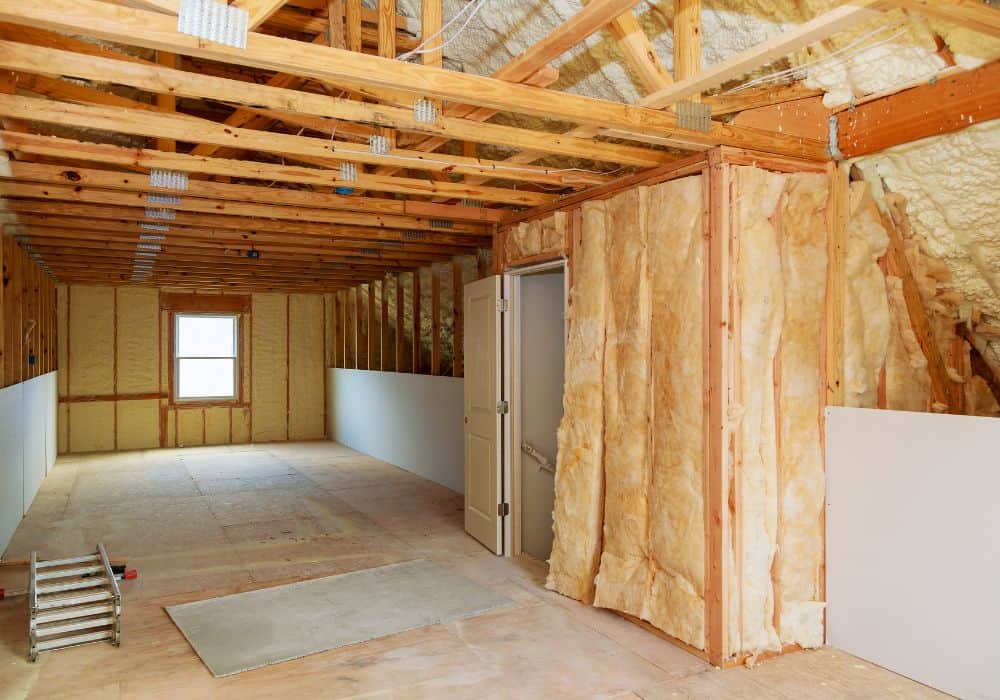
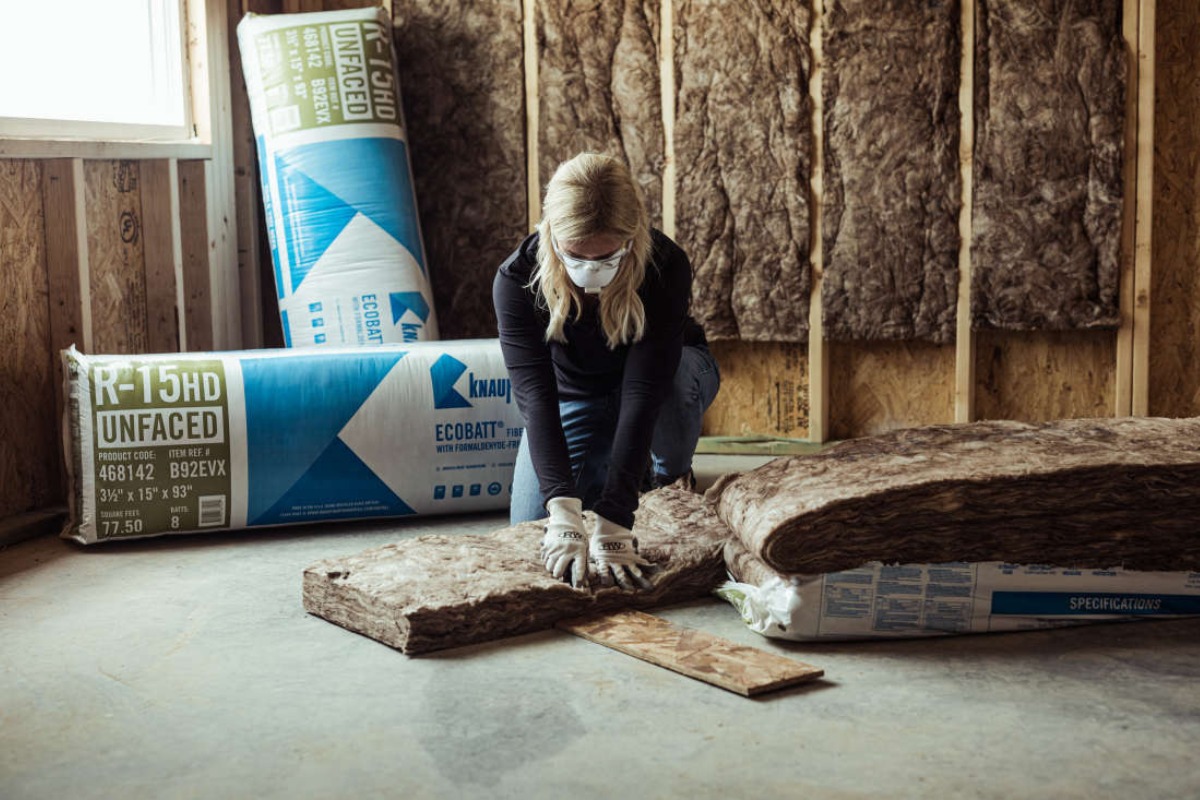
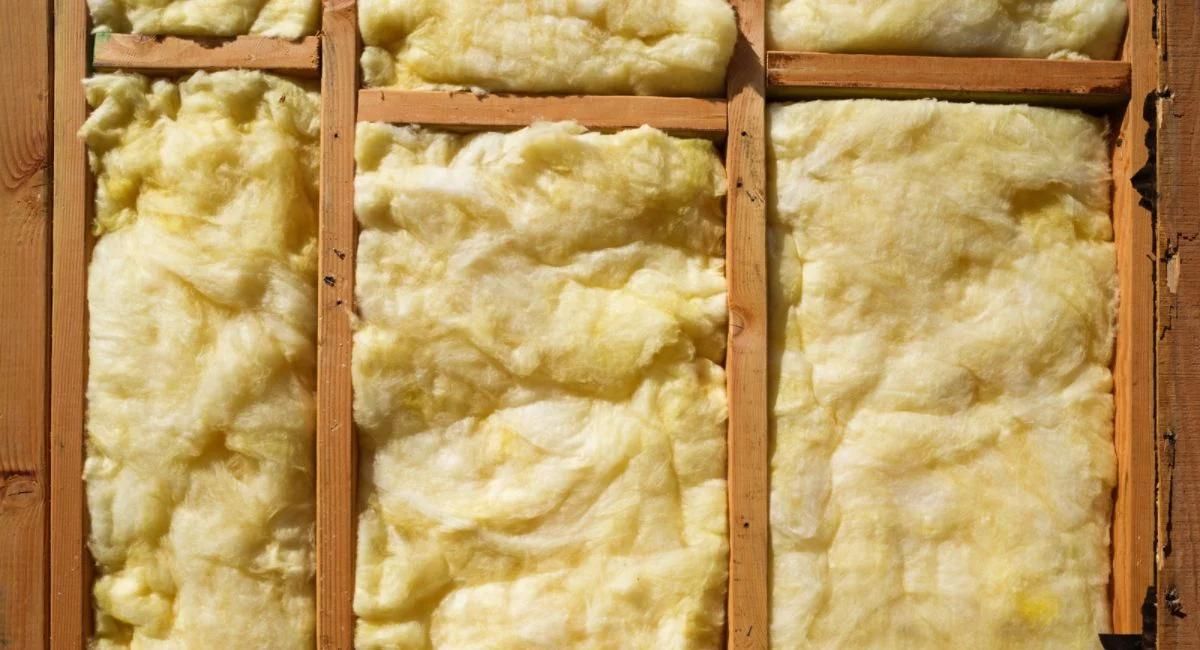

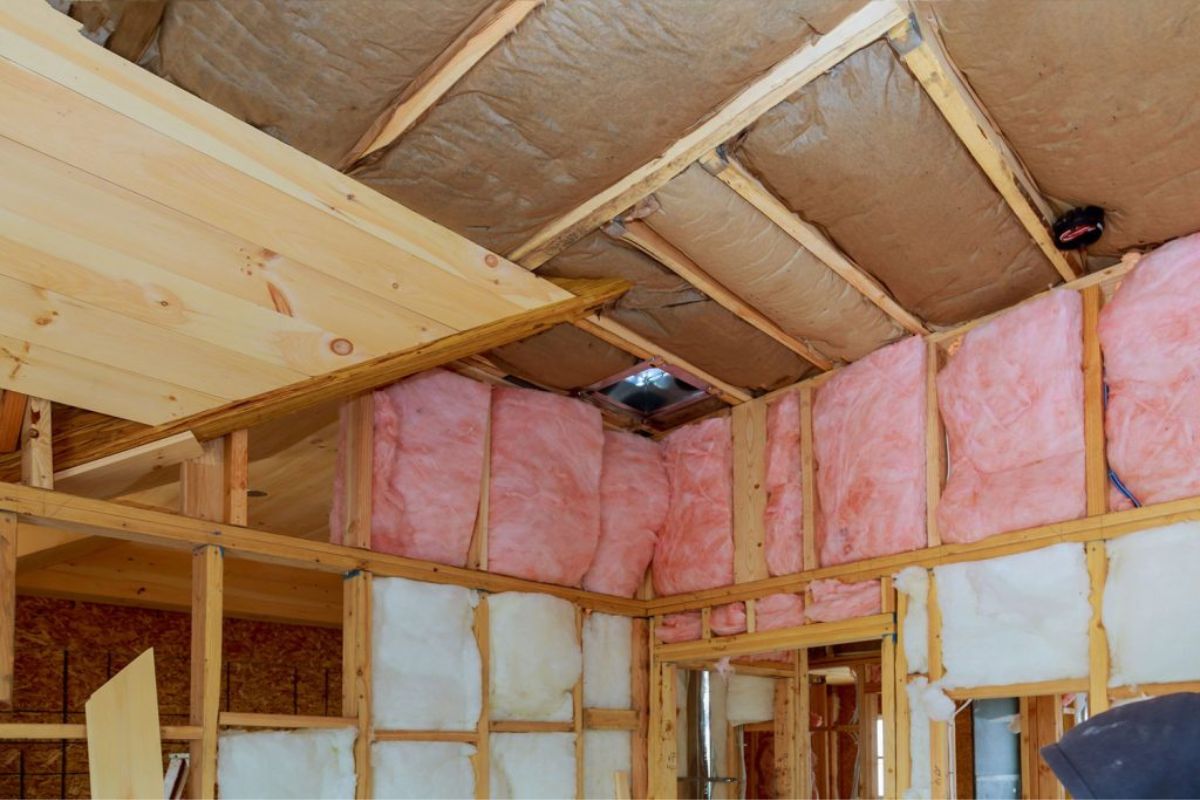
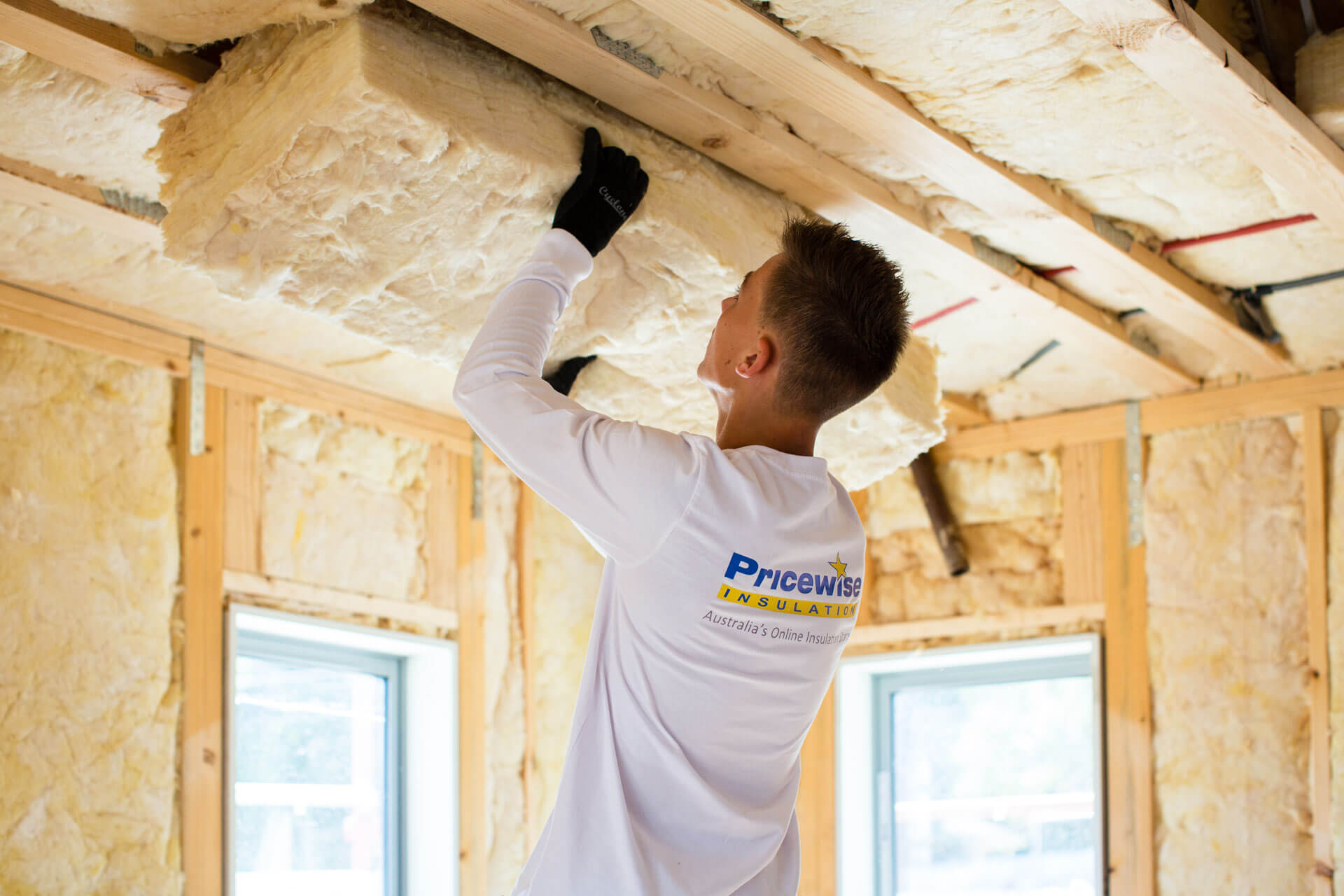
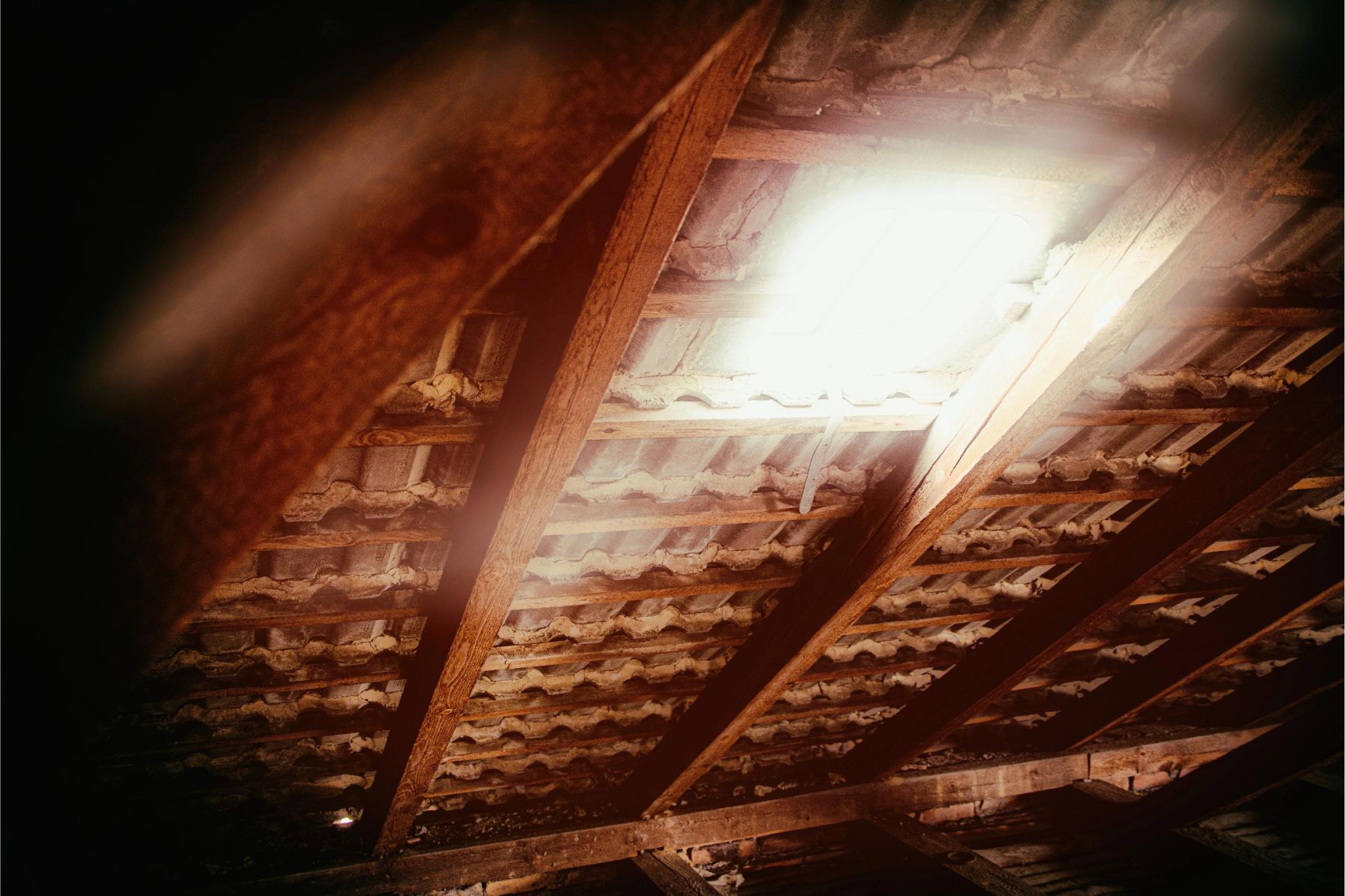
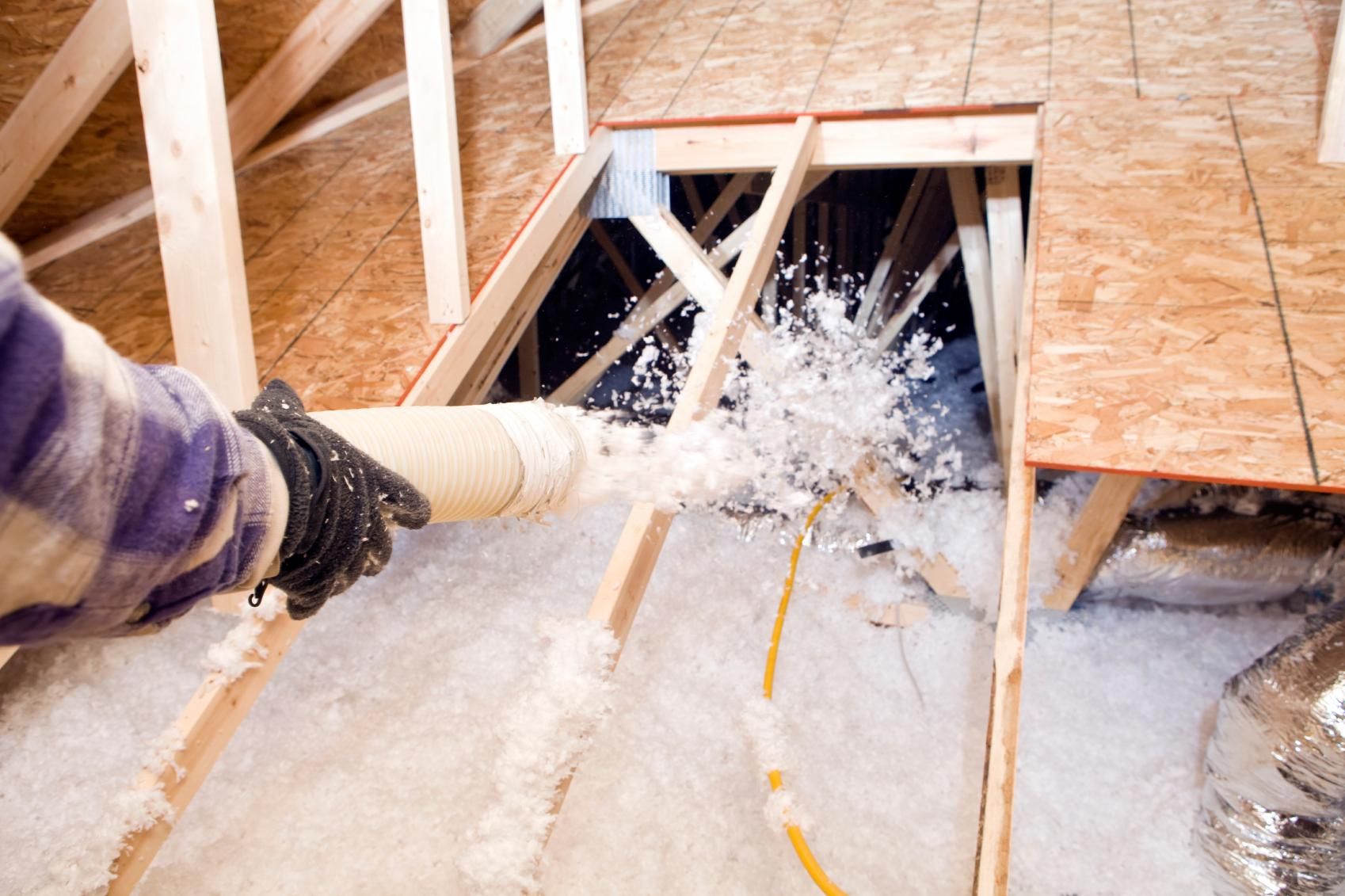
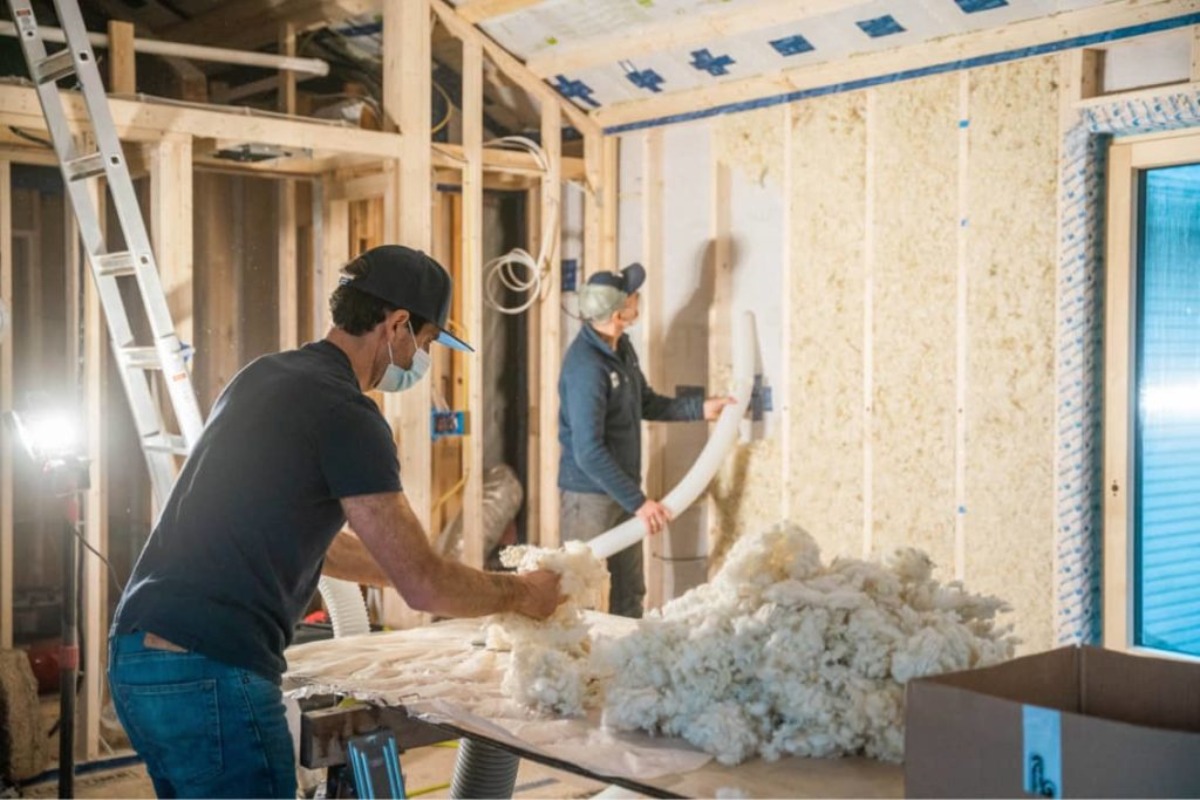
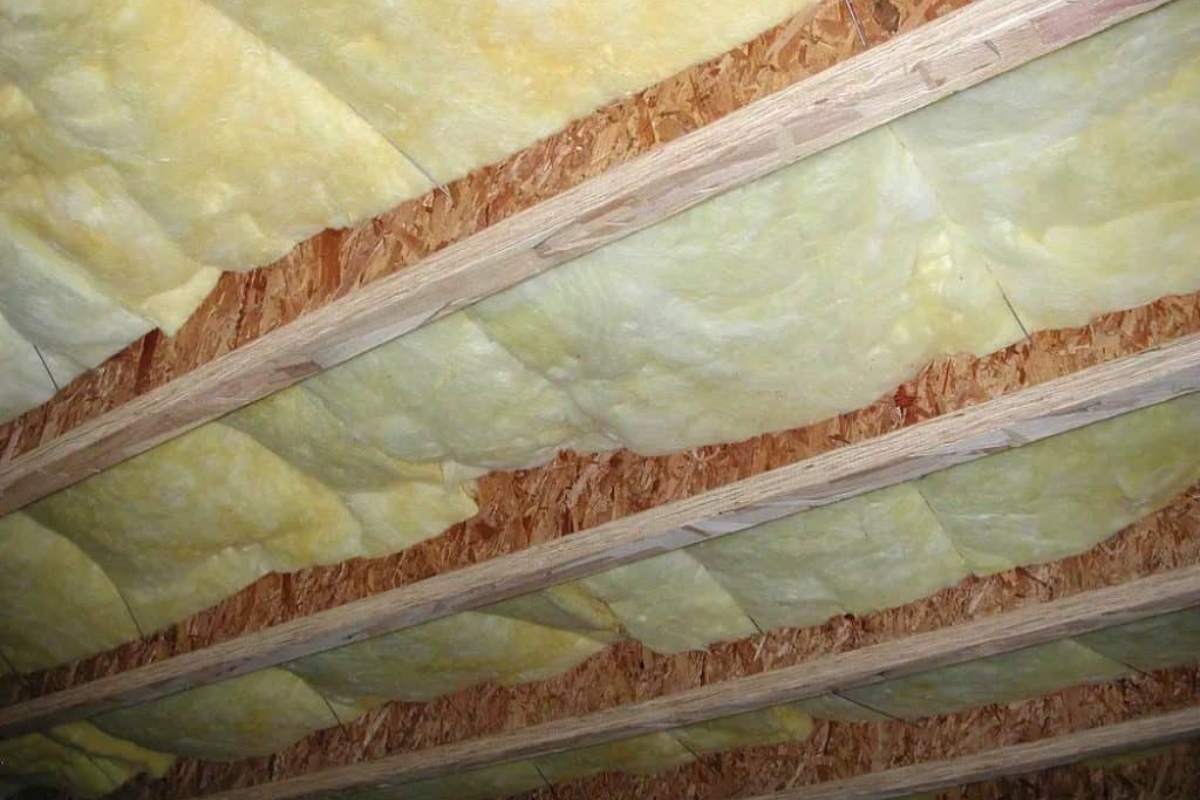
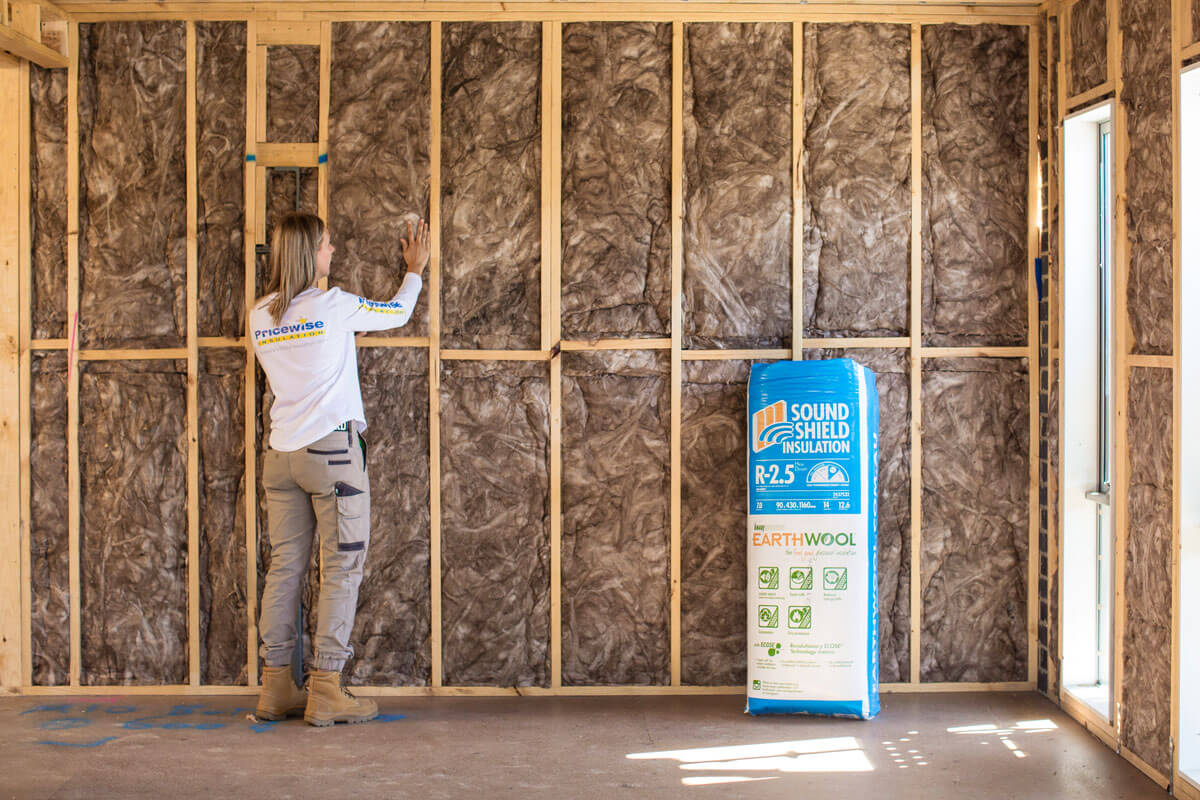
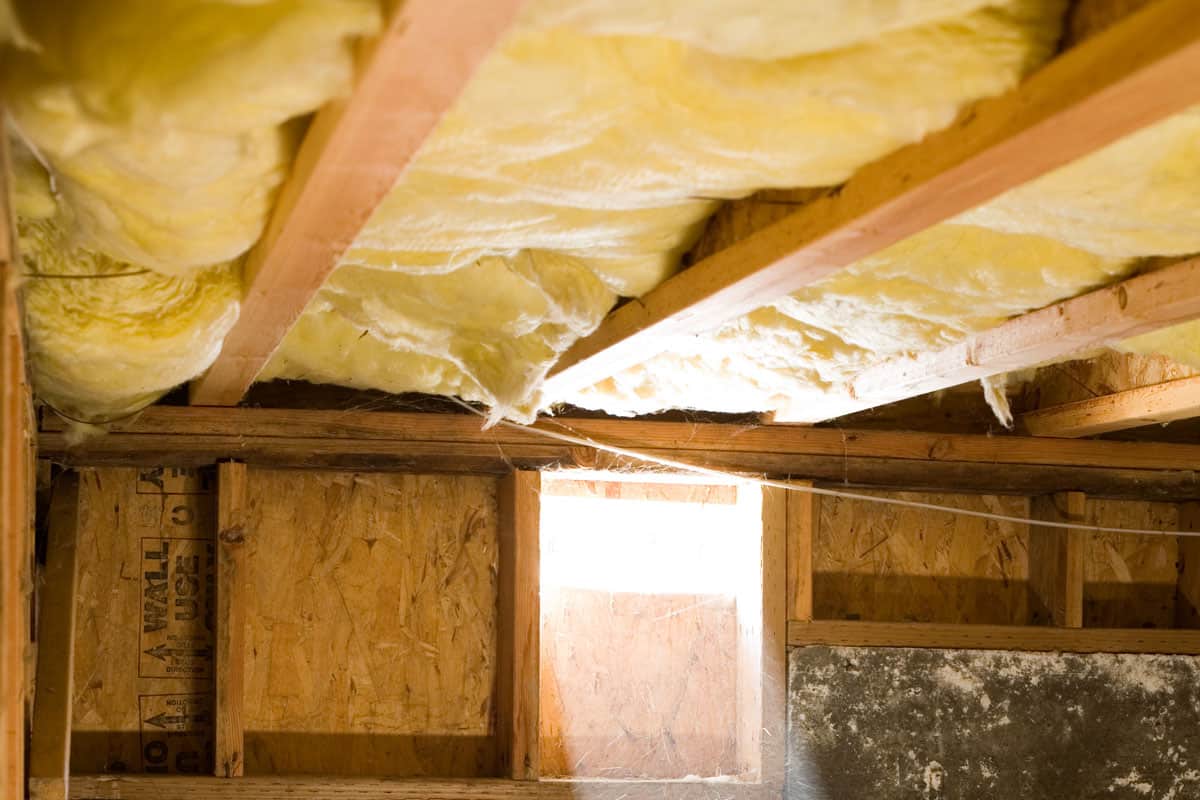
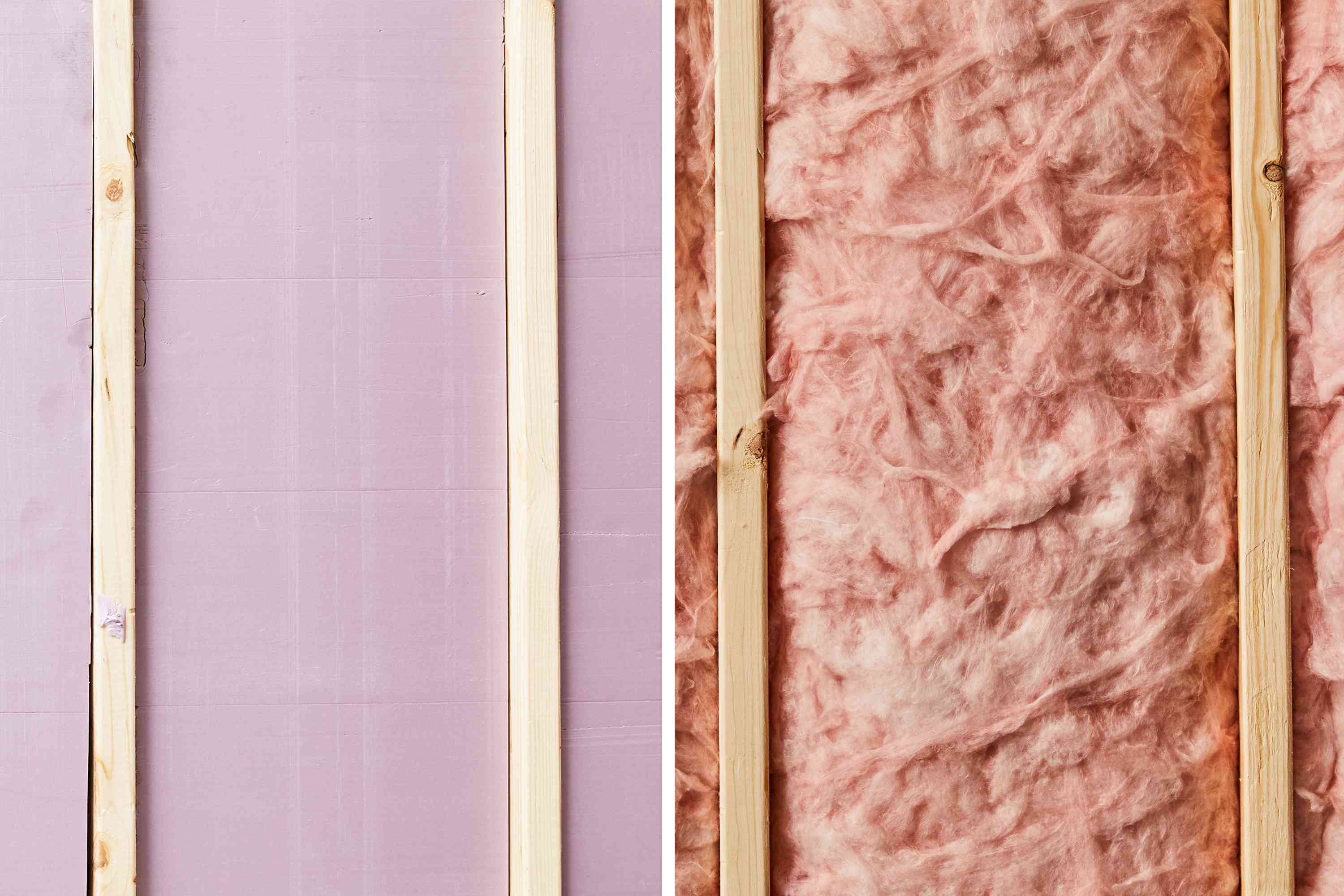

0 thoughts on “What Is R-30 Insulation”